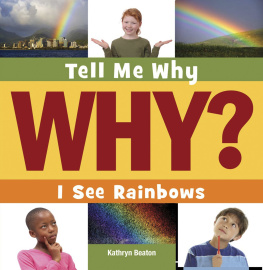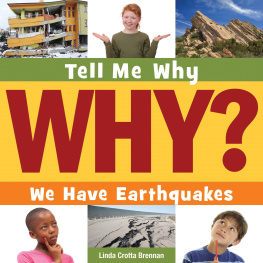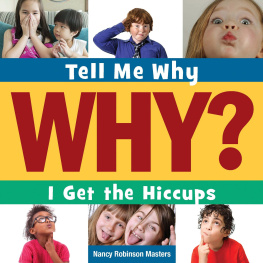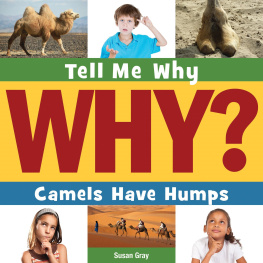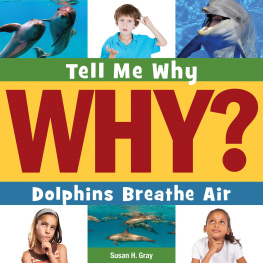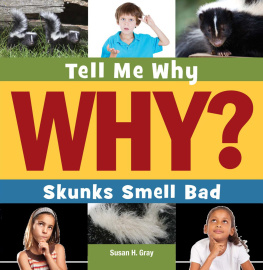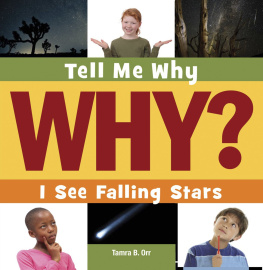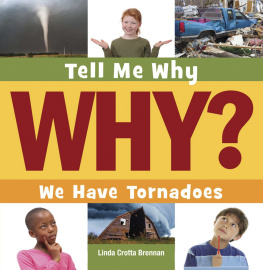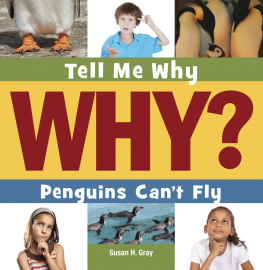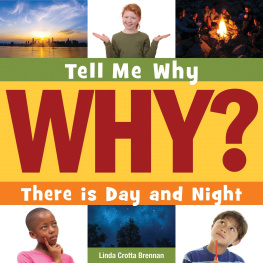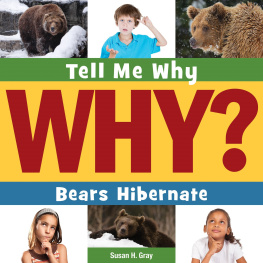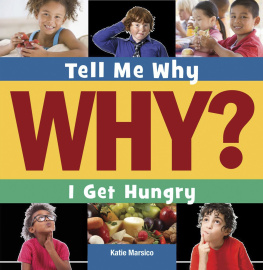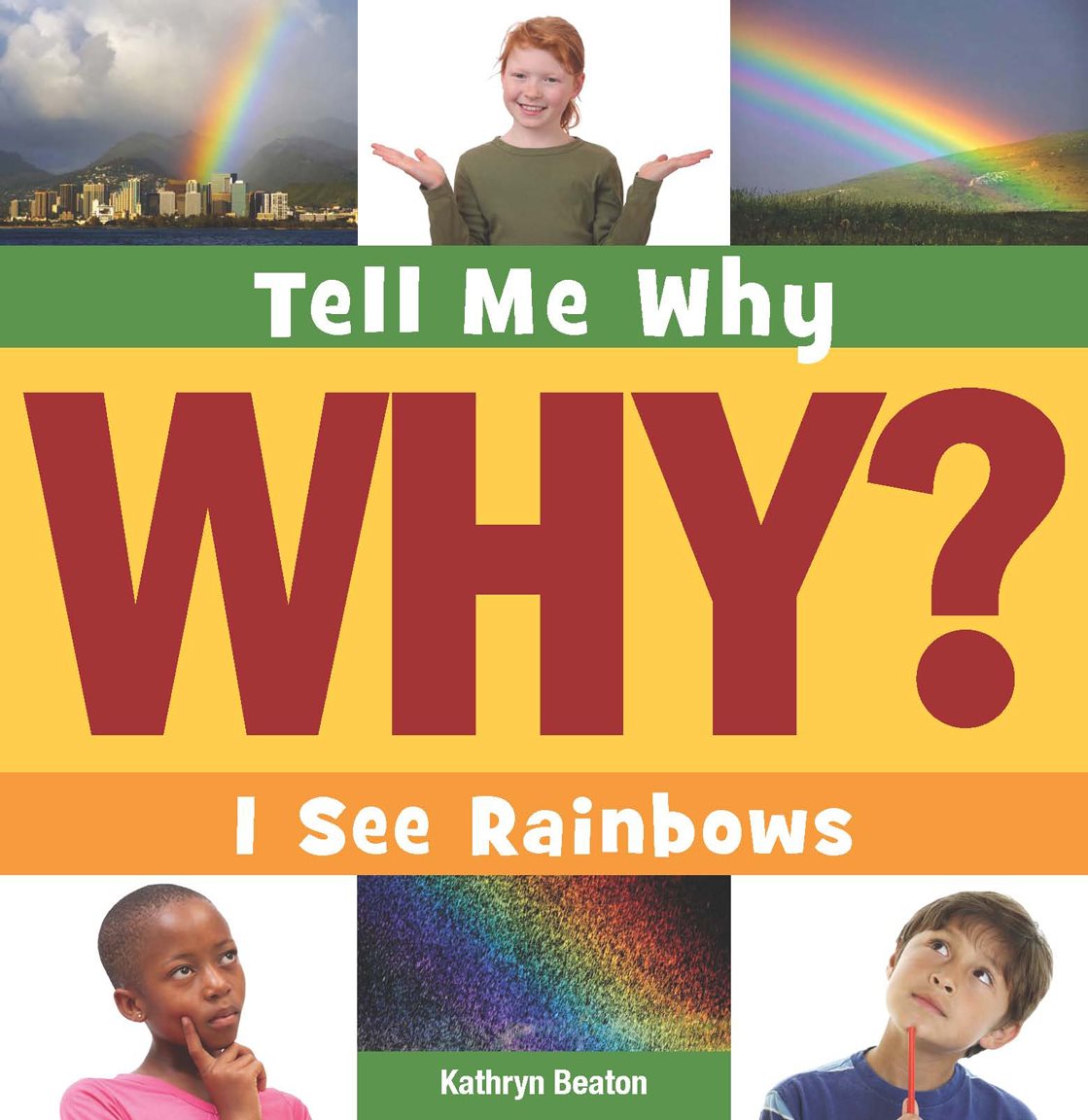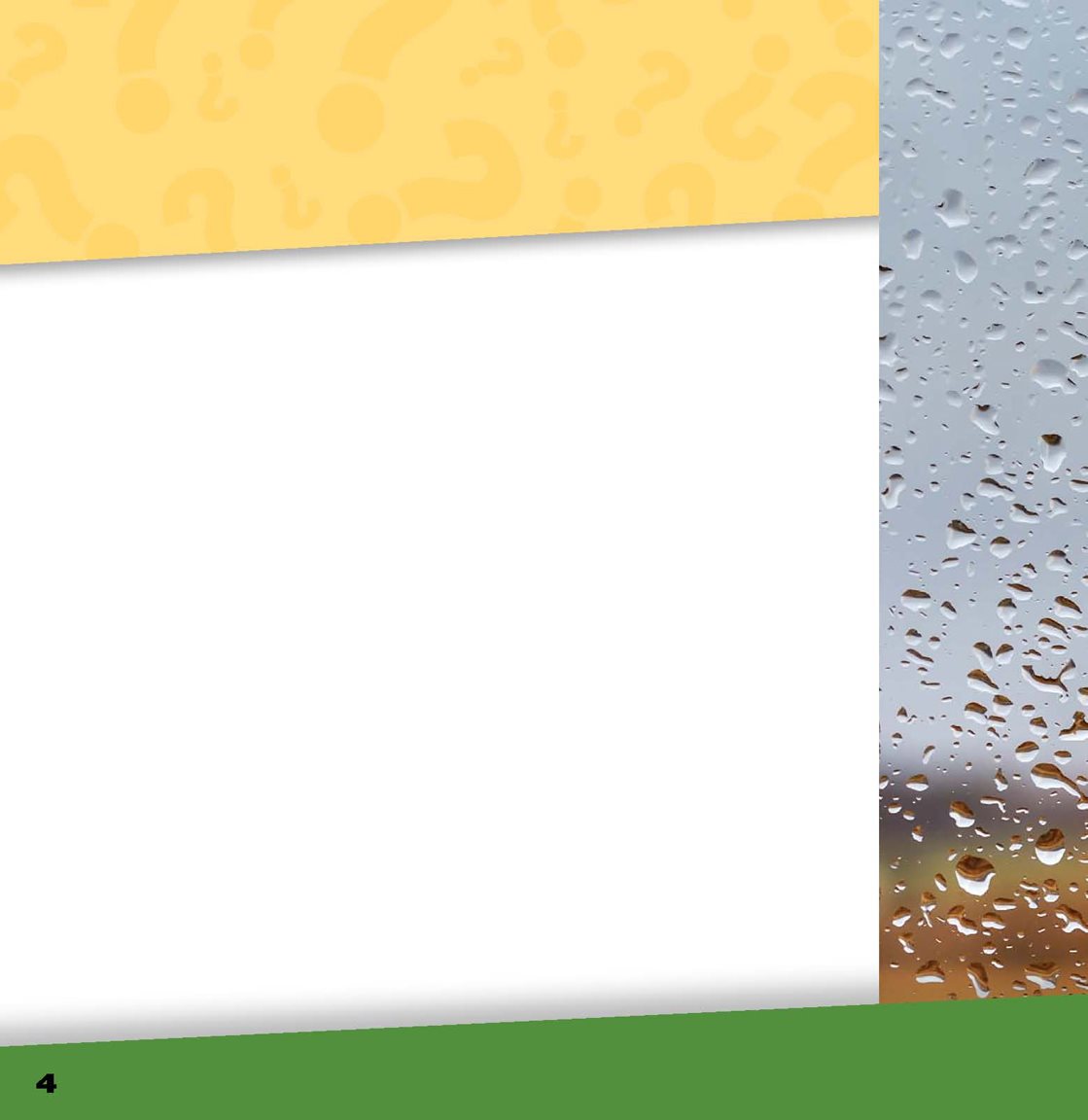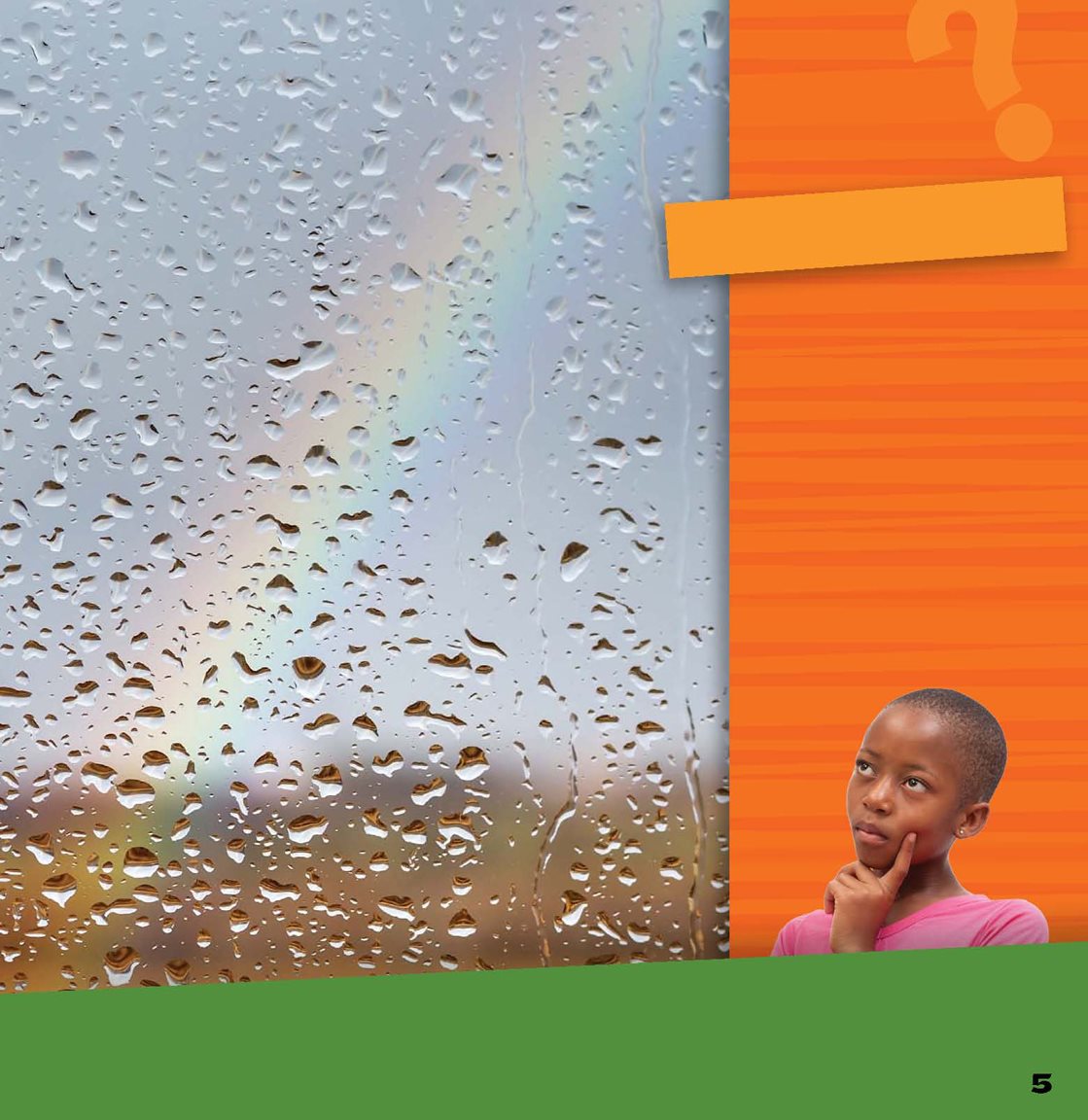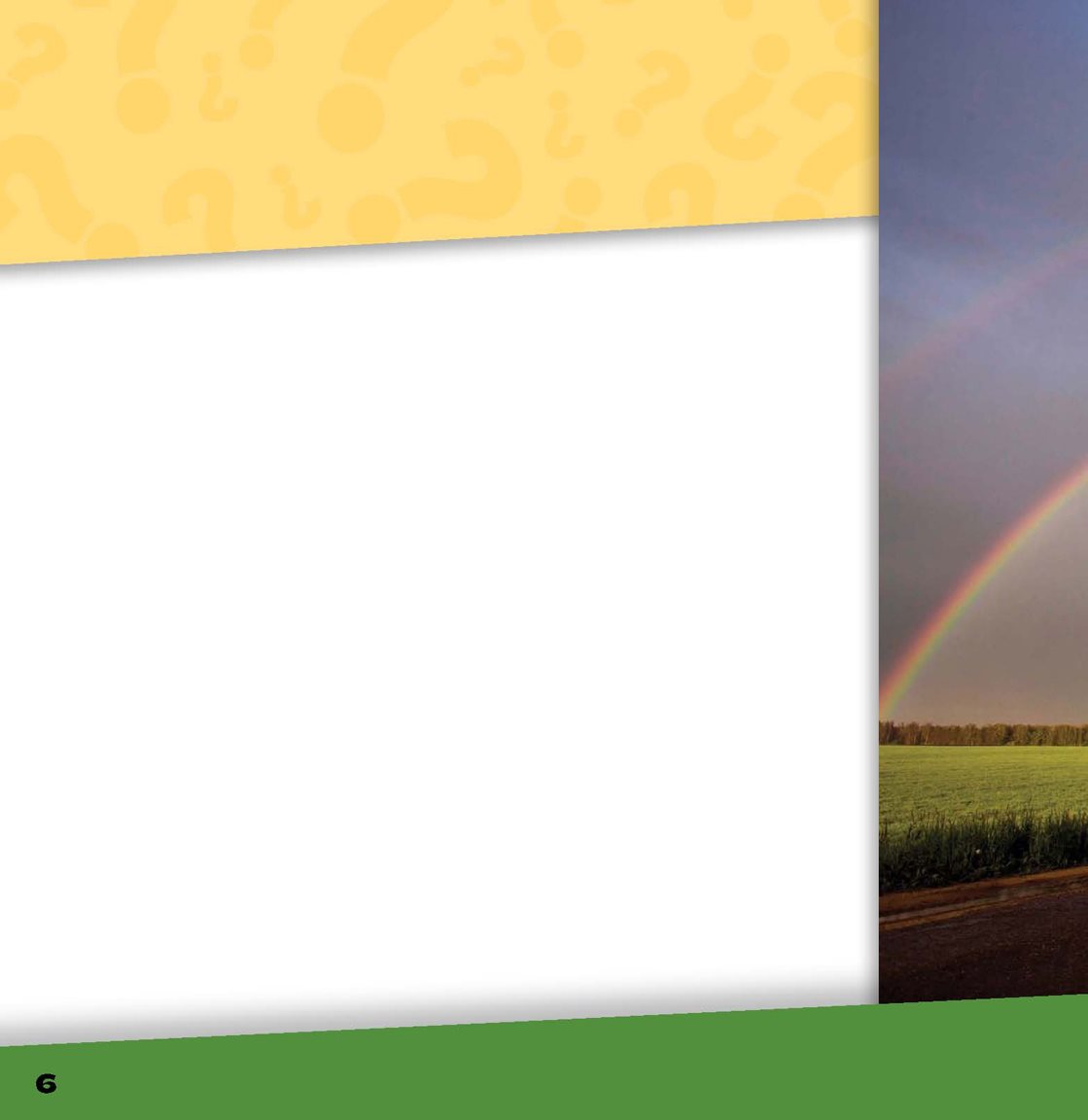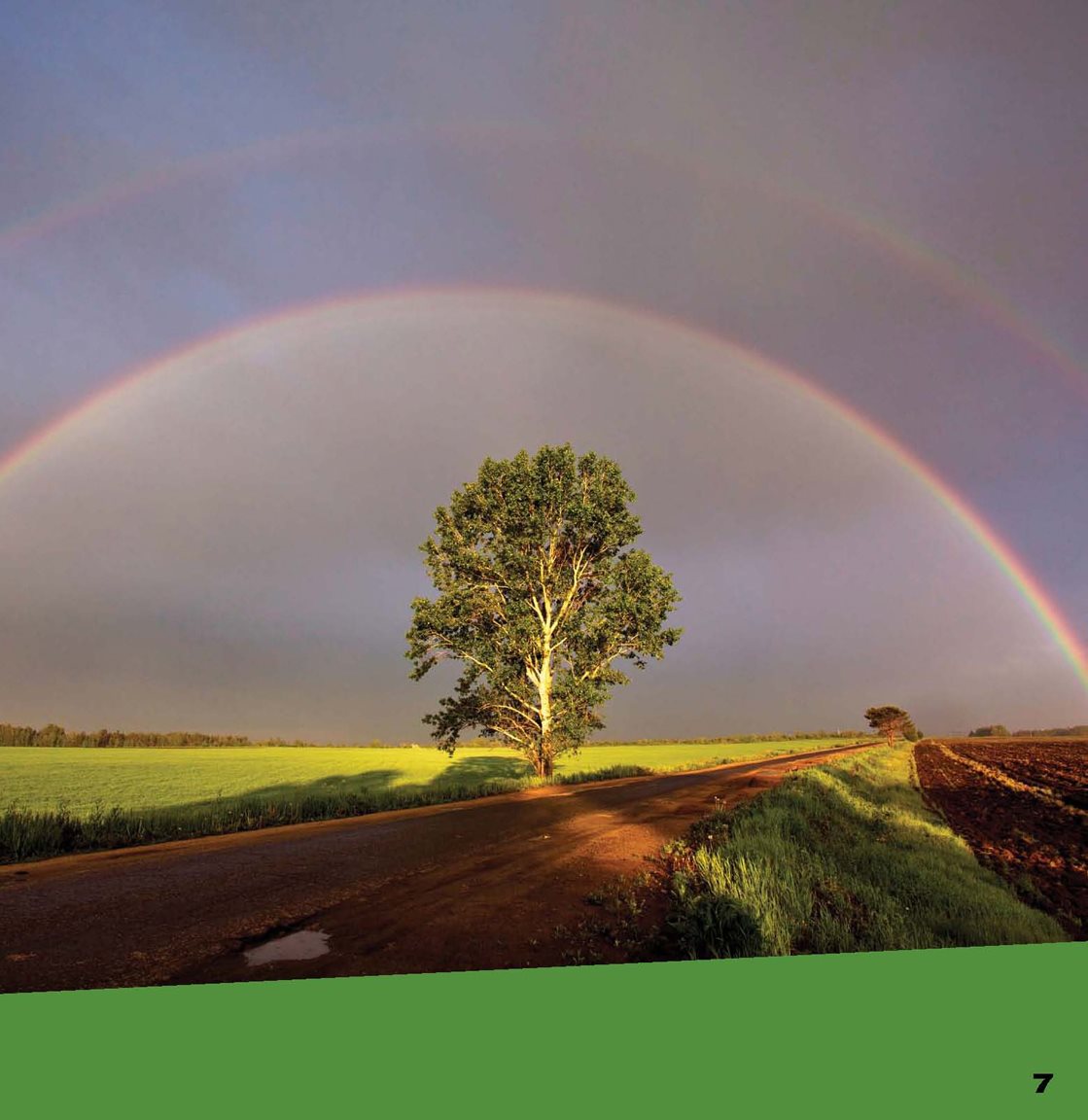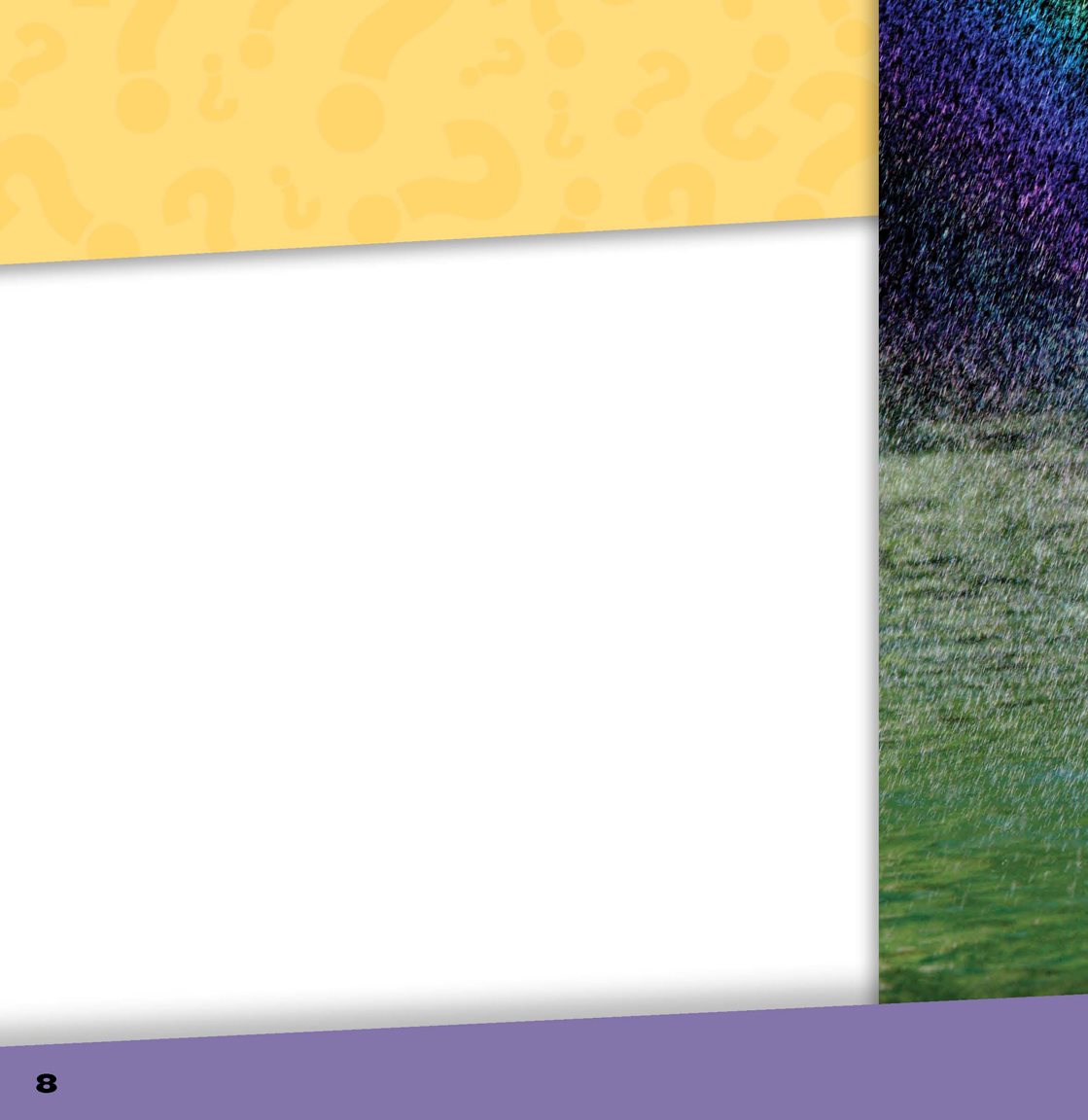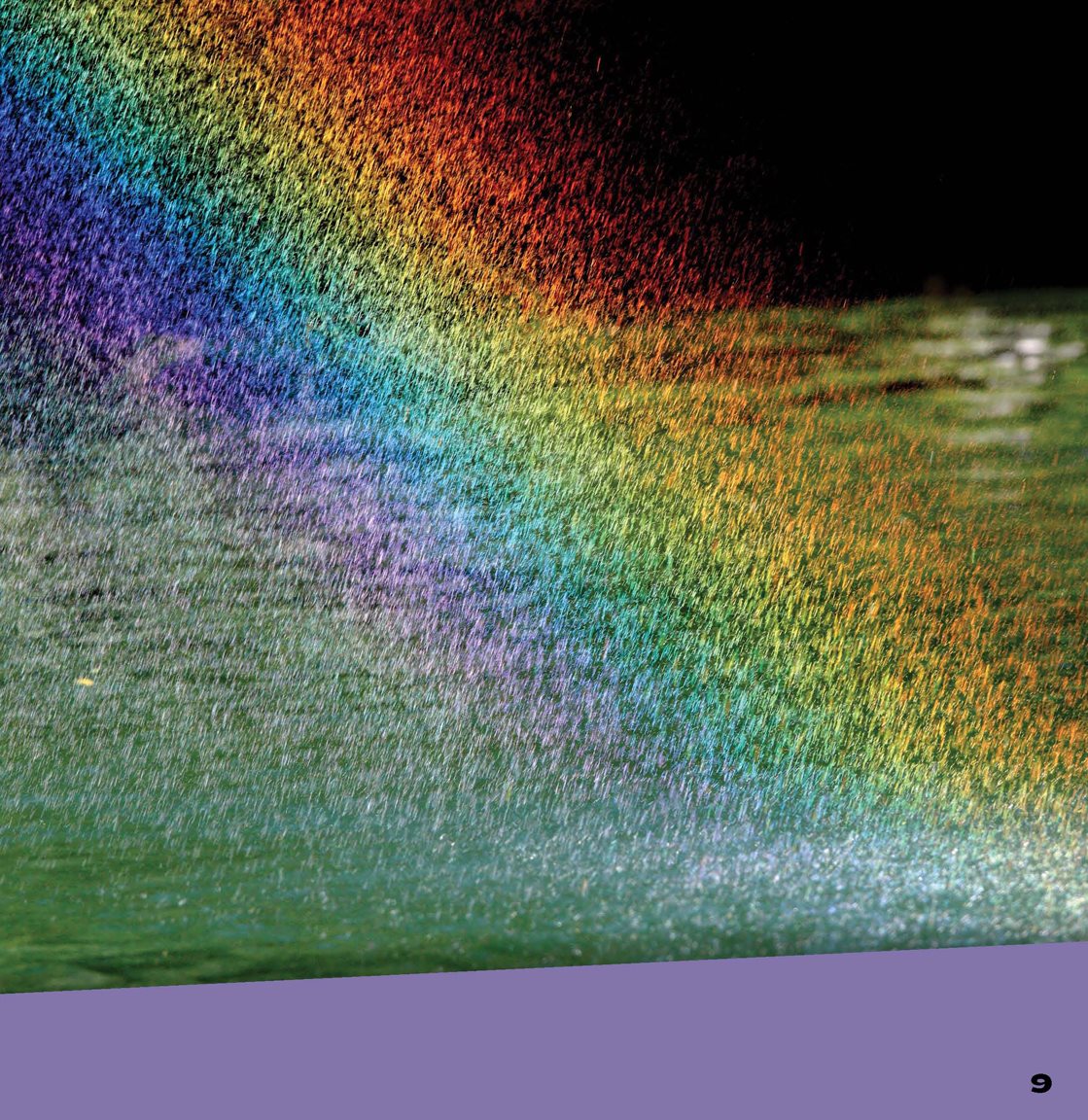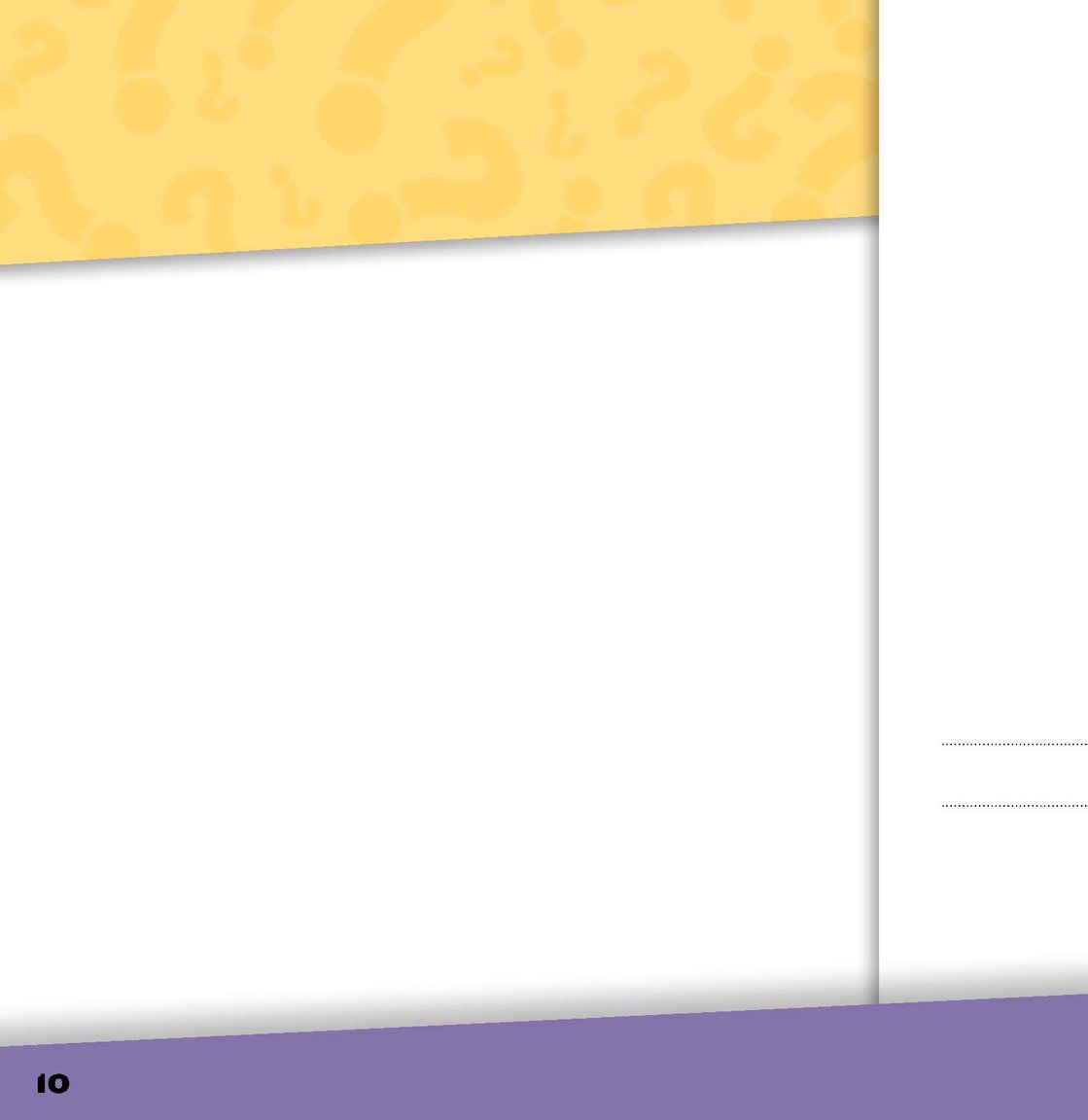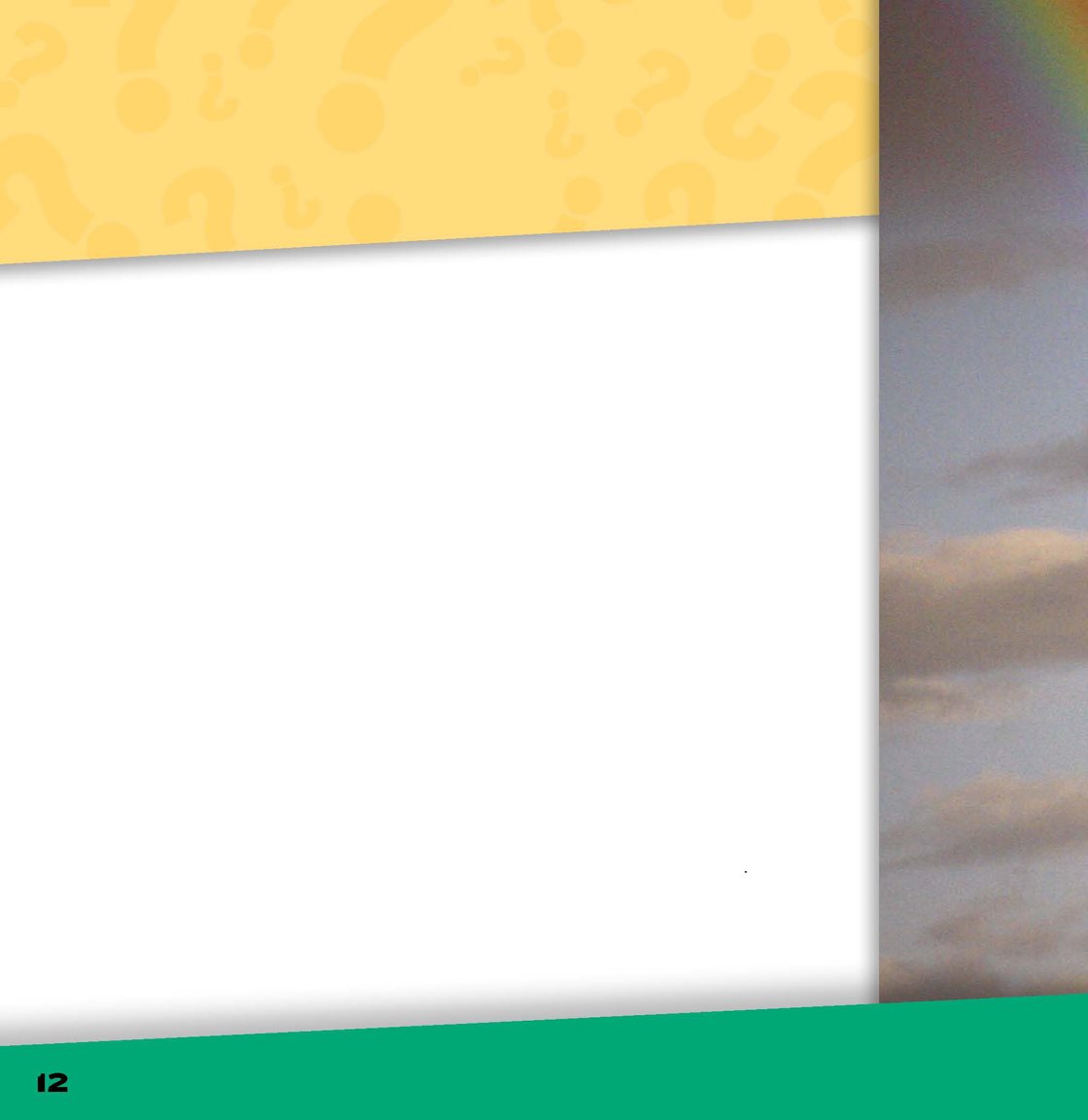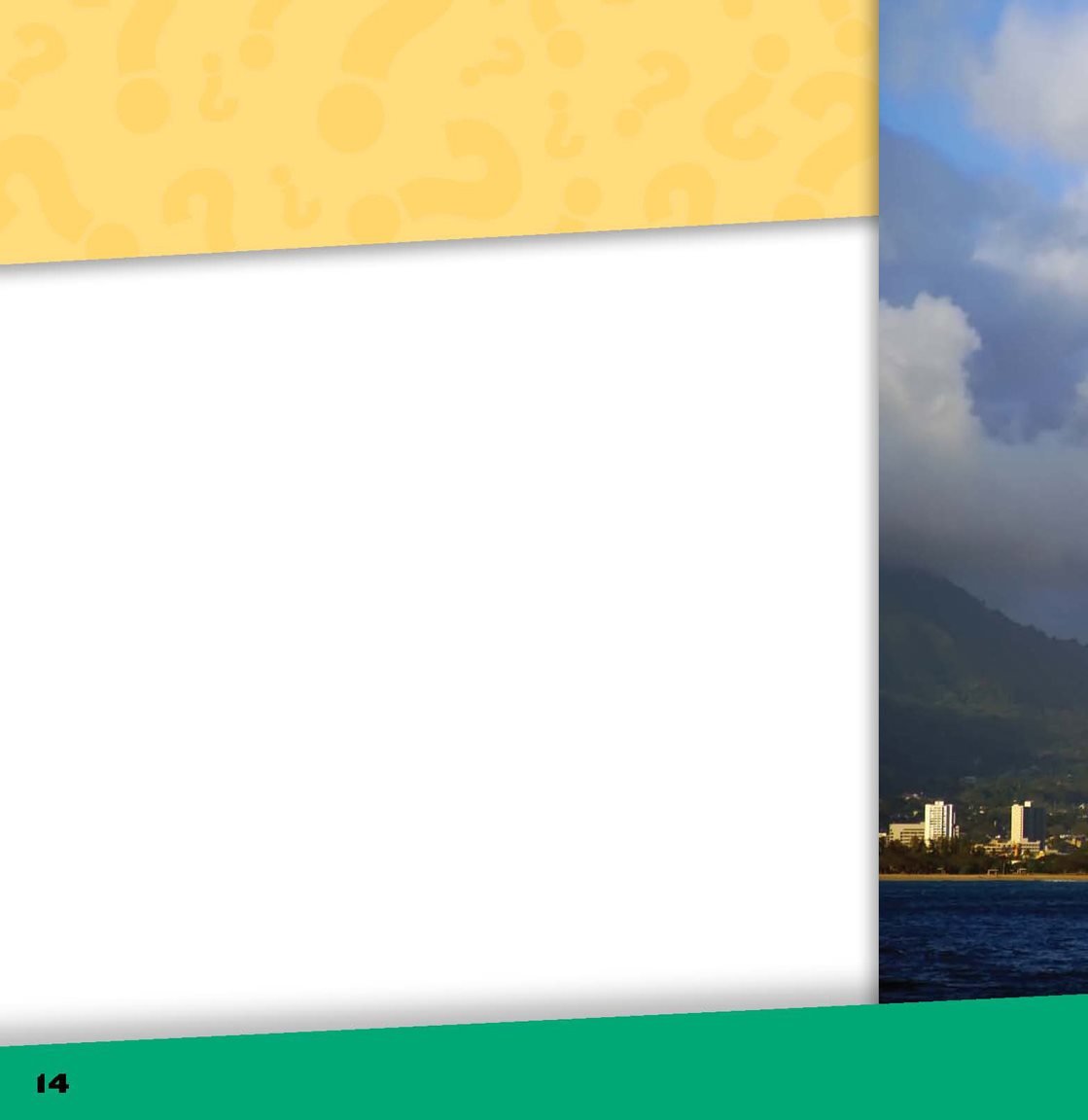Table of Contents
Guide
Published in the United States of America by Cherry Lake Publishing
Ann Arbor, Michigan
www.cherrylakepublishing.com
Content Adviser: Jack Williams, science writer specializing in weather
Reading Adviser: Marla Conn, ReadAbility, Inc.
Photo Credits: Pete Pahham/Shutterstock Images, cover, 1, 5; Dalton Dingelstad/Shutterstock
Images, cover, 1, 19; Digital Media Pro/Shutterstock Images, cover, 1, 13; Capricornis Photographic
Inc./Shutterstock Images, cover, 15; voylodyon/Shutterstock Images, cover; Nneirda/Shutterstock
Images, cover, 9; Patryk Kosmider/Shutterstock Images, 5; Belkos/Shutterstock Images, 7;
wattana/Shutterstock Images, 11; 360b/Shutterstock Images, 13; racorn/Shutterstock Images, 17;
Pierre Leclerc/Shutterstock Images, 19; bjonesphotography/Shutterstock Images, 21
Copyright 2015 by Cherry Lake Publishing
All rights reserved. No part of this book may be reproduced or utilized in any form or by any means
without written permission from the publisher.
Library of Congress Cataloging-in-Publication Data
Beaton, Kathryn.
I see rainbows / by Kathryn Beaton.
pages cm -- (Tell me why)
Includes index.
Summary: Young children are naturally curious about the world around
them. I See Rainbows offers answers to their most compelling questions about
rainbows. Age-appropriate explanations and appealing photos encourage
readers to continue their quest for knowledge. Additional text features and
search tools, including a glossary and an index, help students locate
information and learn new wordsProvided by publisher.
Audience: 6-10.
Audience: K-Grade 3.
ISBN 978-1-63188-997-4 (hardcover) -- ISBN 978-1-63362-075-9 (pdf) -- ISBN
978-1-63362-036-0 (pbk.) -- ISBN 978-1-63362-114-5 (ebook)
1. Rainbows--Juvenile literature. I. Title. II. Series: Tell me why (Cherry Lake Publishing)
QC976.R2B43 2015551.567--dc23
ISBN-13: 978-1-68444-473-1 (e-book)
2014031837
Cherry Lake Publishing would like to acknowledge the work of The Partnership for 21st Century Skills.
Please visit www.21.org for more information.
Printed in the United States of America
Corporate Graphics
Synchred Read-Along Version by:
Triangle Interactive LLC
PO Box 573
Prior Lake, MN 55372
Table of Contents
A Rainbow at Recess
No recess for Caitlin and her classmates
this afternoon. They all stayed indoors
because it was raining. Caitlin pulled out a
piece of paper and her markers and began
to draw. She was surprised when a ray of
sunlight passed over her paper. She looked
out the window and saw something else
surprising. A rainbow!
Look! she called.
Ask Questions!
Do you think
rainbows appear
more often in the
summer or the
winter? Go online
with an adult or
visit your library
to get the answer.
Rainbows happen only during rainy weather.
Everyone went to the window and
looked outside. A giant arc striped with lots
of colors was shining above the soccer field.
Wow, Caitlin said. How does that
happen?
Her teacher, Miss Burton, smiled. Since
the storm is over, lets go outside. Ill tell you
about rainbows in science class later.
Caitlin kept wondering about the
rainbow. She could still see it in the sky.
Rainbows appear when it is rainy and sunny at the same time.
The Right Conditions
After recess Caitlin asked Miss Burton
where rainbows come from.
Rainbows need two things, her teacher
said. Sunshine and water. And both have to
be there at the same time.
That doesnt happen much, said Max,
one of Caitlins friends.
Thats right, Miss Burton said. It
sometimes happens near the end of a storm.
First, the light from the sun shines through
the rainwater. Then the rain reflects all
the colors back at us.
Rainbows sometimes appear in a waterfall or near its
spray if the sun is shining.
Lets talk a little about how sunlight
works, Miss Burton said. She explained
that the rays from the sun are different
sizes. Light with a long wavelength looks
red to us. Light with a short wavelength
looks violet. The medium-sized wavelengths
make shades of orange, yellow, and green.
So the sunlight can be different colors?
Caitlin asked.
Not exactly, Miss Burton said. We just
see different colors.
short
long
Violet has the shortest wavelength. Red has the longest wavelength.
White Light and Raindrops
A ray of sunlight is white light. White
light is made up of all the colors combined.
When this white light hits the rain, all the
rays change directions. Each color we see
depends on the angle of the sunlight
reflecting off each raindrop. The white lights
angle changes as it passes through the
raindrops. This makes the raindrops reflect
all the colors.
Okay, Max said. But where was the rain?
Yeah, Caitlin said. It was sunny on
the playground.
Look!
Are there any
colors that you
dont see in
this rainbow?
When the suns white light passes through rain drops,
colors are reflected.

